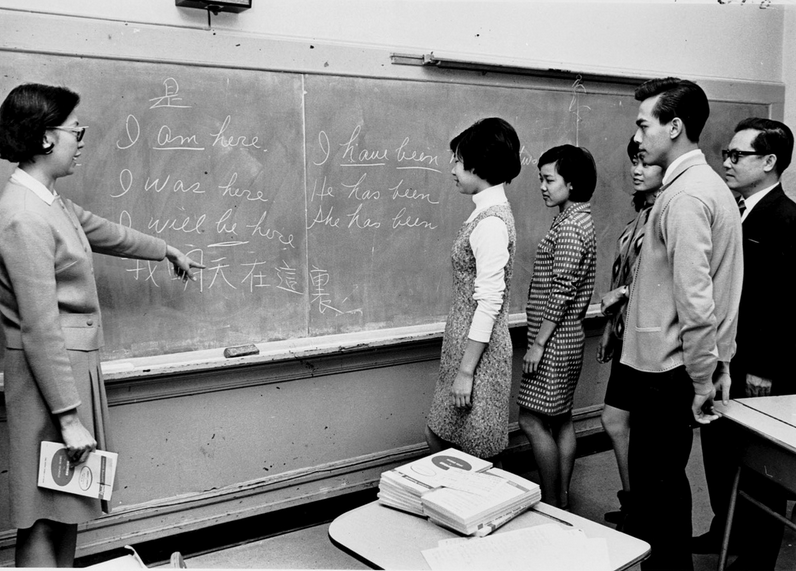photo courtesy of jacobinmag.com
The Model Minority: A Myth destroying Asian Communities
May 3, 2017
Smart, wealthy, hard working, and “living the American dream” are the western stereotypes put upon Asian Americans.
People of Asian-American background are subject to these unfair standards of the “model minority.”
Always self-reliant and uncomplaining, Asians are the American ideal for how people of color should be.
This is often used to create an unfair wedge between Asians and other ethnicities.
Like every citizen of the U.S., Asian Americans are the children of immigrants and rose up to the challenge set by the white majority, especially after the interment of the Japanese in the 1940s.
Kat Chow’s National Public Radio article went in depth about the origins of the model minority concept and how it causes racial divides.
“During World War II, the media created the idea that the Japanese were rising up out of the ashes [after being held in incarceration camps] and proving that they had the right cultural stuff,” according to Professor Claire Jean Kim of University of California, Irvine.
Because of the preconceived notions that were set up by American propaganda on Asian immigrants, Asians became known for being meek rule followers, seeking for the approval of white people.
Never being one to raise their voice, Asians became complacent in their role within society.
Asian Americans became doctors, engineers and scientists to prove that they are more than their race, but in the end, it just reinforced a stereotype.
It may seem unfair to be complaining about what sounds like a compliment.
What is so wrong about being known for wealth, intelligence and resiliency?
What is wrong with this “Asian advantage” that New York Times columnist Nicholas Kristof talks about?
The answer: absolutely nothing.
Except that never being able to fail is not healthy.
Asian parents expect the best of their children because they were taught from their ancestors that they will not gain acceptance for being anything less.
To be accepted into America, Asians feel the pressures of the model minority stereotype which include:
Striving for the best grades and having nervous breakdowns from getting less than an A.
Enrolling into a renowned college and having others dismiss your hard work with, “oh it’s because you’re Asian.”
Choosing a career that you love that doesn’t involve science or math will lead to constant disappointment and questioning.
Those following into a career unhappily and seeking help for the mental and emotional turmoil of a dissatisfied life is also looked down upon.
Like other races, Asian Americans experience stress, anxiety and hopelessness especially in their youth and according to the National Latino and Asian American study, they are three times less likely to seek help than their white counterparts. .
The “Asian advantage” stereotype cloaks the issues that an Asian American student may run into.
“When problems such as social anxiety and depression arise, cultural barriers prevent many from seeking help,” writes reporter Phuong Ly, in her “Diverse” article, “Many Asians attach a strong stigma to mental health problems or simply deny their existence.”
Putting unrealistic preconceived notions on a people also dehumanizes them.
It’s easy to assume that being a model minority causes Asians to be the loved minority by their Caucasian brethren.
That being the submissive “little brown brother” gives Asians a better life.
Yet according to Giselle W. Chow, author of “The Model Minority Myth,” Asians hold the smallest amount of population in America with 4.5 percent, but comprise of over 50 different ethnic groups, all under the blanket term, “Asian.”
That means that despite the rich diversity among the Asian population, those insignificantly smaller groups to the relatively more successful and larger numbers of Koreans, Japanese and Chinese are left behind.
Ethnic groups like Hmongs, Laotians and Cambodians, all of which have large communities in the Central Valley, have fallen in between the gaps.
But because they are Asians, many believe that they are just as averagely well off as their East Asian counterparts.
Southeastern Asians have a distinctively higher poverty rate, according to the Advancing Justice Organization. Asian Americans have a higher poverty rate with 12 percent compared to the 9 percent for white Americans.
These high expectations leave Asians, the so-called “model minority” struggling to keep up.
